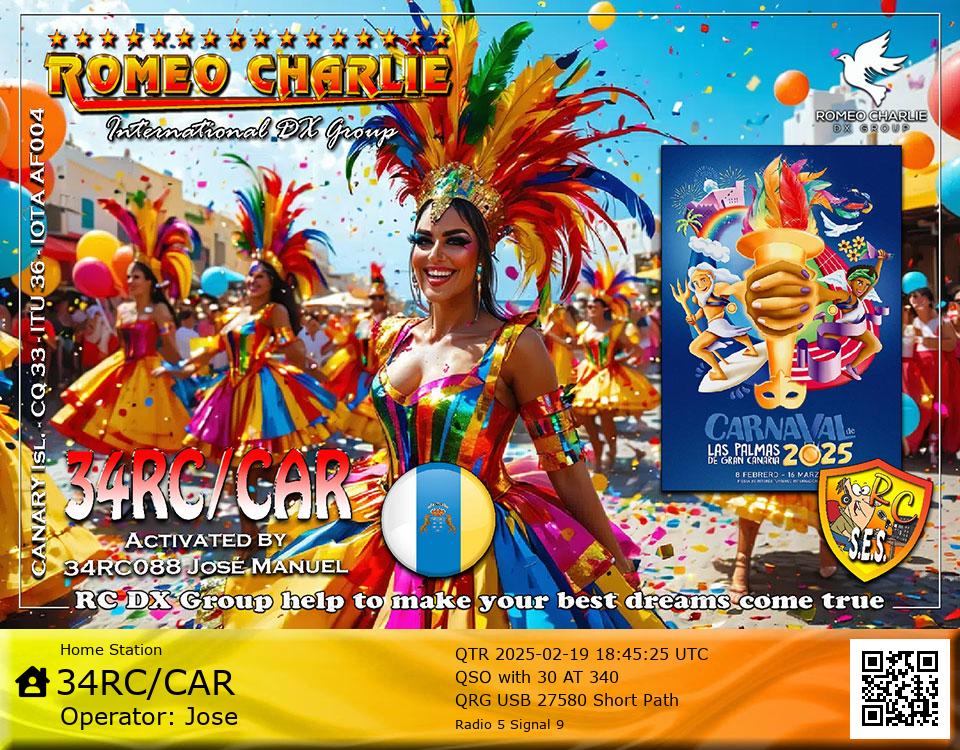The Carnival of Las Palmas de Gran Canaria is one of the oldest festivals, with the most history and character in Spain, which is celebrated in the city of the same name (Las Palmas de Gran Canaria). More than five centuries of life have made this popular festival the most deeply rooted and one of the most crowded in the capital municipality of the island of Gran Canaria (Canary Islands), and one of the most important in the country and the world.1 2 In June 2011 it was declared a Festival of Tourist Interest in the Canary Islands3 and of National Tourist Interest in March 2017. In February 2023 it was declared a Festival of International Tourist Interest, being the second Canarian festival to achieve this after the Carnival of Santa Cruz de Tenerife,4 and the fifth carnival in Spain5 after those of Santa Cruz de Tenerife6 and Cádiz6 (both in 1980), and those of Águilas (2015)7 and Badajoz (2022).8
During the holidays, the Queen's Election Gala and the Carnival Drag Queen's Election Gala are celebrated. The latter began in 1998 and the carnival of the capital of Gran Canaria was precisely the first in the world to include this show. Also participating actively in each of the events organized are the murgas, local groups that perform performances dressed in costumes in which they sing as satire, both male and female, and the comparsas, dance groups choreographed to the rhythm of a batucada. .
The main stage of the Carnival is located in the Santa Catalina Park and is built from scratch following the theme of the festivities, which changes every year. The massive participation of citizens in the Great Parade, the Mogollones and the Burial of the Sardine - the closing of the celebration - have contributed significantly to the success of this city's Carnival.
